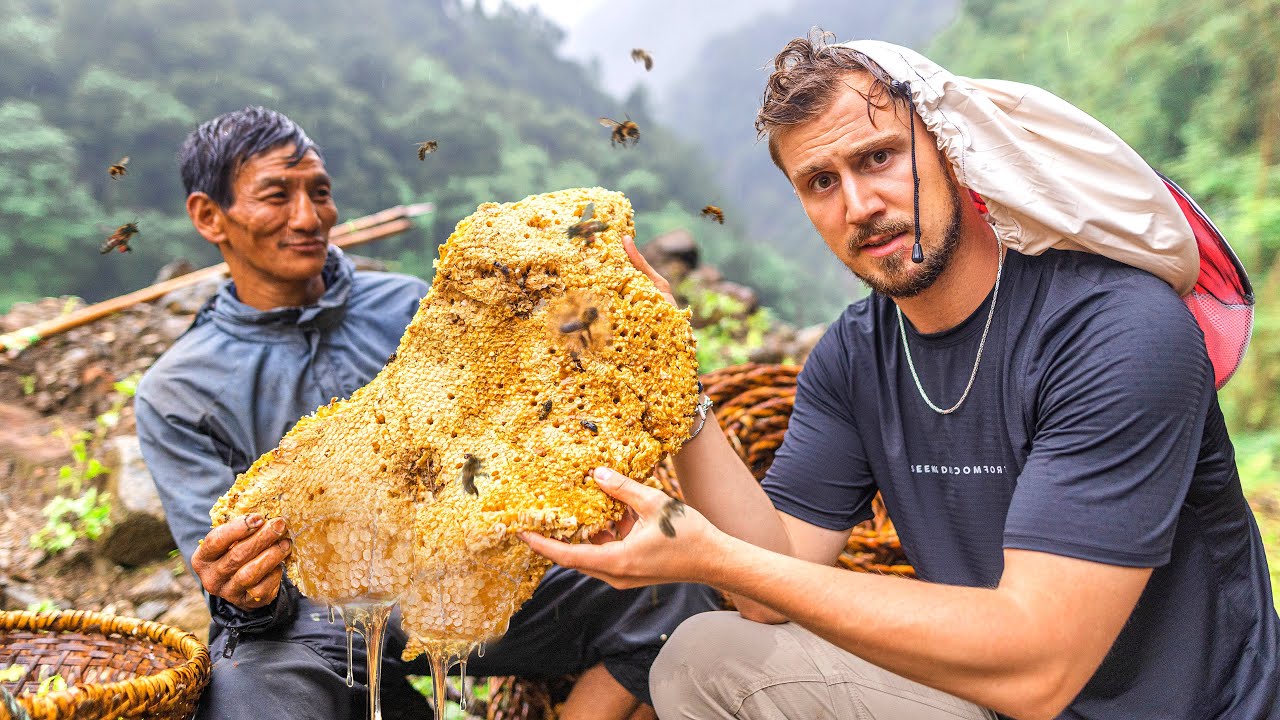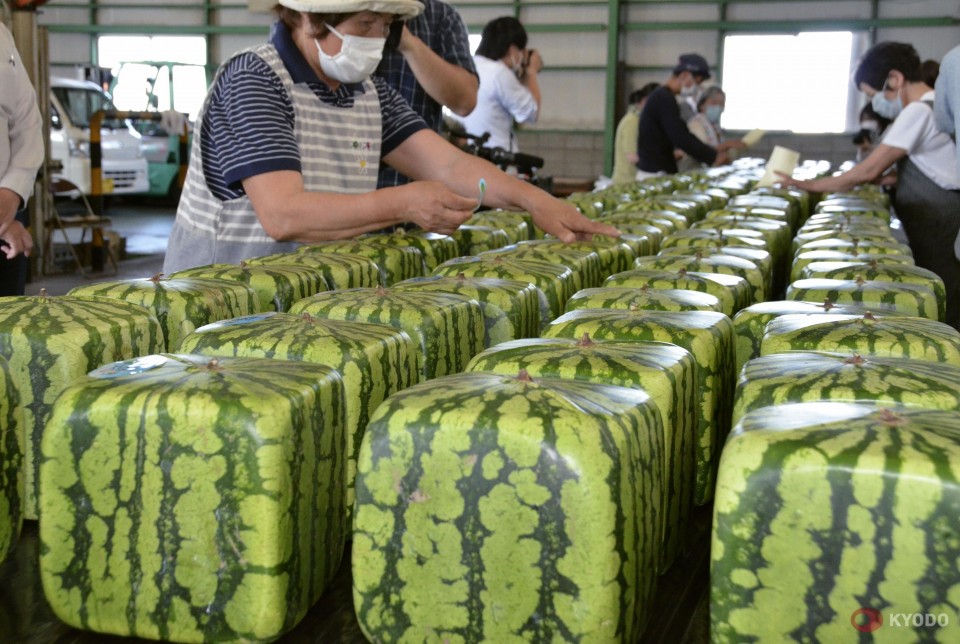Now Reading: The Edible Flower Culture of Northeast India
-
01
The Edible Flower Culture of Northeast India
The Edible Flower Culture of Northeast India

In the lush landscapes of Northeast India, food is not just about taste—it is deeply connected to tradition, culture, and the land itself. One of the most unique aspects of this region’s cuisine is the use of edible flowers. From everyday meals to festive dishes, flowers find a place on the plate, carrying both flavor and cultural significance that outsiders are often surprised to discover.
A Culinary Tradition Rooted in Nature
For communities across Assam, Manipur, Nagaland, and Meghalaya, flowers are more than decorative. Banana blossoms, pumpkin flowers, and even wild orchids are cooked into curries, fritters, or stir-fried with local herbs. The use of flowers comes from a deep knowledge of forests and fields, where ingredients are chosen not just for their taste but also for their health benefits.
Health and Symbolism
Many edible flowers are believed to aid digestion, improve immunity, or cool the body during hot seasons. In Manipur, for instance, the singju salad often includes seasonal blossoms, while in Nagaland, pumpkin flowers are a common household dish. Beyond health, flowers also hold symbolic value, often linked to community rituals and traditional celebrations.
Everyday Use and Modern Interest
While for locals this is a natural part of cooking, in recent years chefs and food enthusiasts across India have shown curiosity about edible flowers. What was once limited to rural kitchens in the Northeast is now slowly making its way into urban restaurants, where flowers are used not only for nutrition but also for visual appeal.
A Perspective for Tier 2 Cities
For people in Tier 2 cities like Nagpur, Indore, or Lucknow, edible flowers might sound like an exotic concept, but it is an old practice in Indian households. Many families still use hibiscus, rose, or neem blossoms in traditional remedies and recipes. The Northeast simply preserves this practice in a more everyday, visible way.
More Than a Food Habit
The edible flower culture of Northeast India is more than a culinary choice—it reflects a way of living in harmony with nature. It shows how communities adapt what grows around them into their daily diets while carrying forward age-old traditions. As more Indians learn about it, the practice serves as both a reminder of our diverse food heritage and an invitation to explore beyond familiar flavors.

























